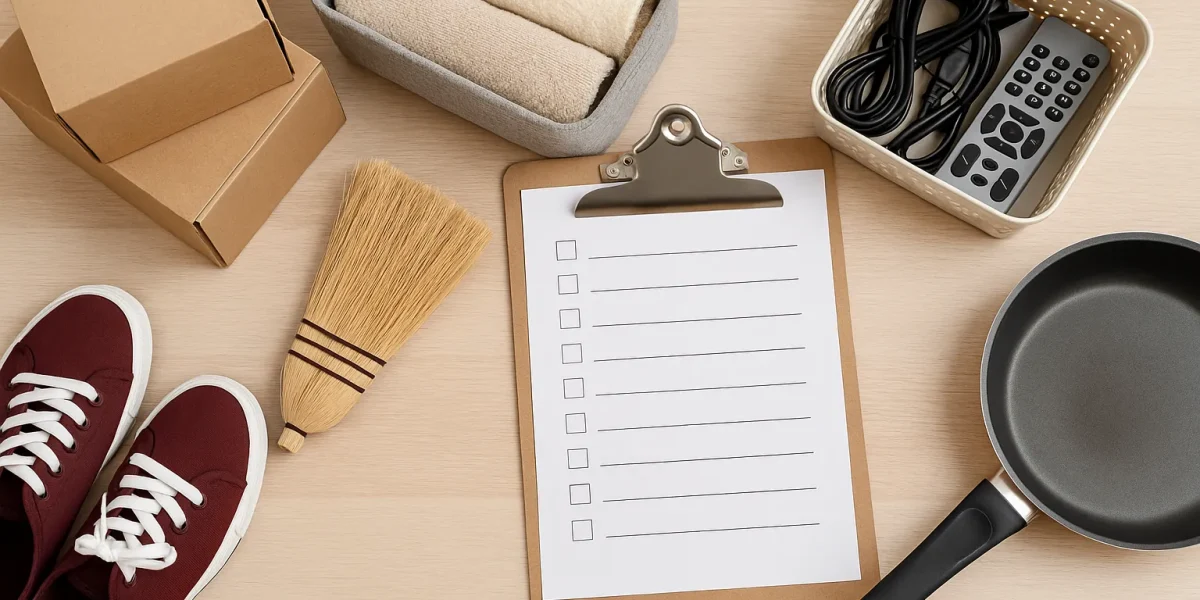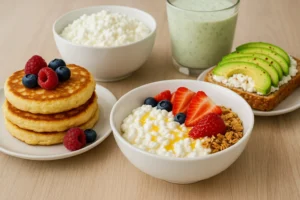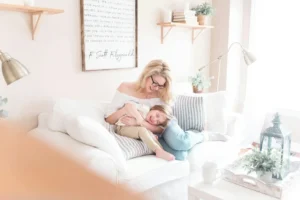Clutter creeps in quietly. A new gadget here, a pile of mail there. Before you know it, your home feels smaller, messier, and more overwhelming than you remember. That’s where a declutter checklist becomes your ultimate game plan. This isn’t just a casual to-do list—it’s your roadmap to reclaiming space, reducing stress, and creating an environment where you can breathe. The beauty of a declutter checklist is that it turns an intimidating project into bite-sized, achievable steps. Instead of wandering aimlessly from room to room, you’ll work with purpose, checking off tasks and actually seeing progress.
Think about it: you could spend hours “organizing” but end up shifting piles from one surface to another. With a structured declutter checklist, you’re not just moving clutter—you’re eliminating it for good. Whether you’re tackling a single drawer or your entire home, this guide will walk you through every step, every category, and every decision with clarity.
Why a Declutter Checklist Works So Well
Some people think they can keep track of everything in their heads. But clutter thrives in that chaos. A written or digital checklist changes the game. It gives you:
- Structure so you don’t overlook spaces
- A clear sense of progress, which keeps you motivated
- Logical sequencing so you’re not jumping from kitchen drawers to garage shelves without a plan
- A way to measure success—not just “cleaning” but completing specific, impactful tasks
The psychology here is simple: your brain loves closure. Every time you tick off an item, you get a small reward hit. That motivates you to keep going, even when you’re knee-deep in old magazines and mystery cables.
Getting Ready Before You Start
Starting without preparation is the fastest route to frustration. Before you pick up a single item, gather your supplies:
- Boxes or bins for donations, recycling, and trash
- Labels or sticky notes for quick sorting
- A sturdy bag or container for “relocate” items that belong elsewhere in your home
- Basic cleaning tools like a microfiber cloth and all-purpose cleaner for post-declutter wipe-downs
Set your rules upfront. Will you use the “one in, one out” method? The 12-month rule for clothes you haven’t worn? Make these decisions before you start so you’re not stuck second-guessing every object.
And here’s an overlooked but essential step—decide where your donations will go. The last thing you want is a car full of boxes sitting for weeks because you never made a plan.
The Declutter Checklist – Room by Room
Instead of wandering around the house grabbing random items, follow this sequence. It’s strategic, starting with smaller, high-impact spaces to build momentum.
Entryway and Hallways
These areas set the tone when you walk in.
- Donate or discard shoes you haven’t worn in months
- Hang only current-season coats and store the rest
- Add a small basket or wall hook for keys, sunglasses, and mail
- Remove anything that belongs in another room immediately
Living Room
The living room often doubles as storage without you realizing it.
- Edit decorative items—keep only what you truly enjoy seeing daily
- Contain remotes, game controllers, and chargers in one spot
- Reduce books, magazines, and DVDs to your current favorites
- Clear side tables and coffee tables of anything that’s not functional or decorative
Kitchen
The kitchen can be a decluttering minefield, but your checklist will keep you on track.
- Toss expired food from the pantry and fridge
- Donate duplicate appliances or utensils
- Organize food storage containers—if the lid’s missing, it’s out
- Limit countertop appliances to what you use weekly
Pro tip: Group pantry items into categories—grains, canned goods, snacks. You’ll instantly see duplicates and overstock.
Bedroom
A cluttered bedroom can mess with your rest more than you realize.
- Sort clothing by season and donate anything you didn’t wear this year
- Keep only a few personal items on your nightstand
- Store off-season clothing in labeled bins or vacuum-sealed bags
- Check under the bed—remove anything that’s just collecting dust
Bathroom
Small but mighty—bathrooms accumulate products fast.
- Discard expired skincare, makeup, and medicines
- Group items by daily use vs. occasional use
- Keep duplicates of toiletries only if you’ll realistically use them
- Fold and store towels in a single, dedicated spot
Home Office
Paper clutter is relentless without a plan.
- Shred unnecessary paperwork
- Digitize important documents and store them securely
- Organize supplies in labeled drawers or bins
- Clear your desktop so only essential items remain
Garage or Storage Areas
These spaces often become dumping grounds.
- Group items by category—tools, sports equipment, seasonal décor
- Donate or sell duplicates
- Discard broken or unsafe items immediately
- Store hazardous materials according to safety guidelines
Declutter Checklist Quick Reference Table
| Area | Priority Actions | Donation Potential | Time Estimate |
|---|---|---|---|
| Entryway | Shoes, coats, mail | High | 30–45 min |
| Living Room | Decor, electronics | Medium | 1–2 hours |
| Kitchen | Pantry, appliances | High | 2–3 hours |
| Bedroom | Clothing, under-bed | High | 1–2 hours |
| Bathroom | Products, towels | Low | 45 min–1 hr |
| Home Office | Papers, supplies | Medium | 1–2 hours |
| Garage/Storage | Tools, seasonal items | High | 3–4 hours |
Decluttering Tips to Make It Stick
Your declutter checklist isn’t just for today. It’s a maintenance tool.
- Use the “one in, one out” rule for clothes, books, and décor
- Keep a small donation box accessible year-round
- Schedule a quarterly 30-minute “mini-declutter” for high-traffic areas
- Involve the whole household so you’re not carrying the load alone
- Take before-and-after photos—they’re surprisingly motivating
The Mindset Shift That Changes Everything
Here’s the truth—decluttering isn’t only about space. It’s about clarity. Every item you own takes up mental energy. The fewer unnecessary things you have, the more you can focus on what matters. A declutter checklist gives you control over your environment in a way that feels empowering, not exhausting.
And remember, perfection isn’t the goal—functionality is. If your home works for you and feels good to be in, you’ve succeeded.
Maintaining a Clutter-Free Home
Once you’ve completed your declutter checklist, staying organized becomes much easier.
- Revisit the checklist seasonally
- Keep a running inventory of storage areas so they don’t spiral
- Regularly reassess “just in case” items—most of them can go
- Teach the people you live with where things belong
A clutter-free home doesn’t happen once. It’s a lifestyle supported by habits and systems. Your declutter checklist will evolve with you, adapting to life changes and new priorities.
Conclusion
Clutter doesn’t just fill your rooms—it fills your mind. But with a focused declutter checklist, you can reclaim both. This isn’t about rushing through a weekend purge and calling it done. It’s about creating a clear, repeatable process that transforms your home into a place that supports your best life.
Start with one section today. Cross it off. Then move to the next. Before long, you’ll look around and see the home you’ve been wanting—spacious, calm, and completely yours.













